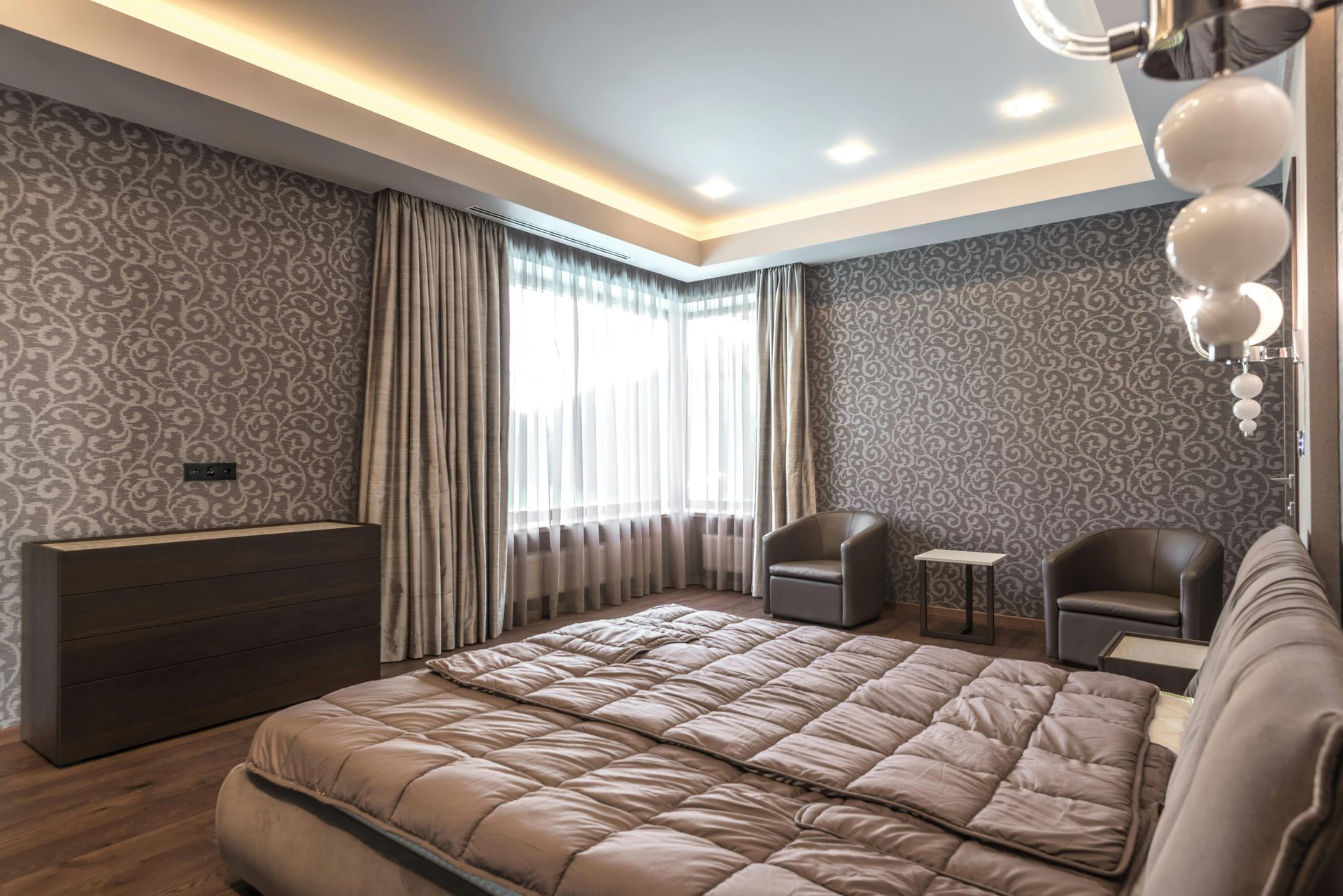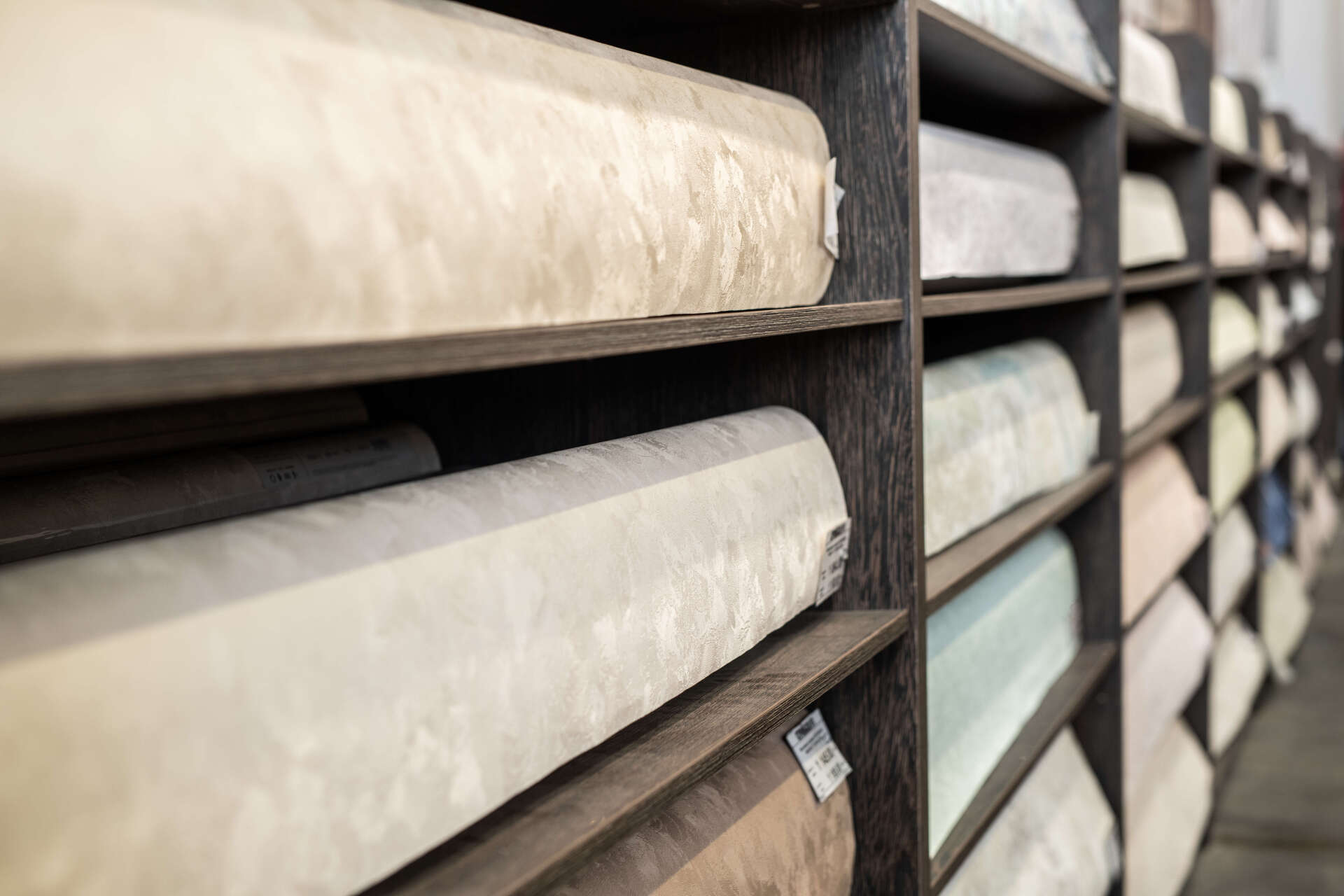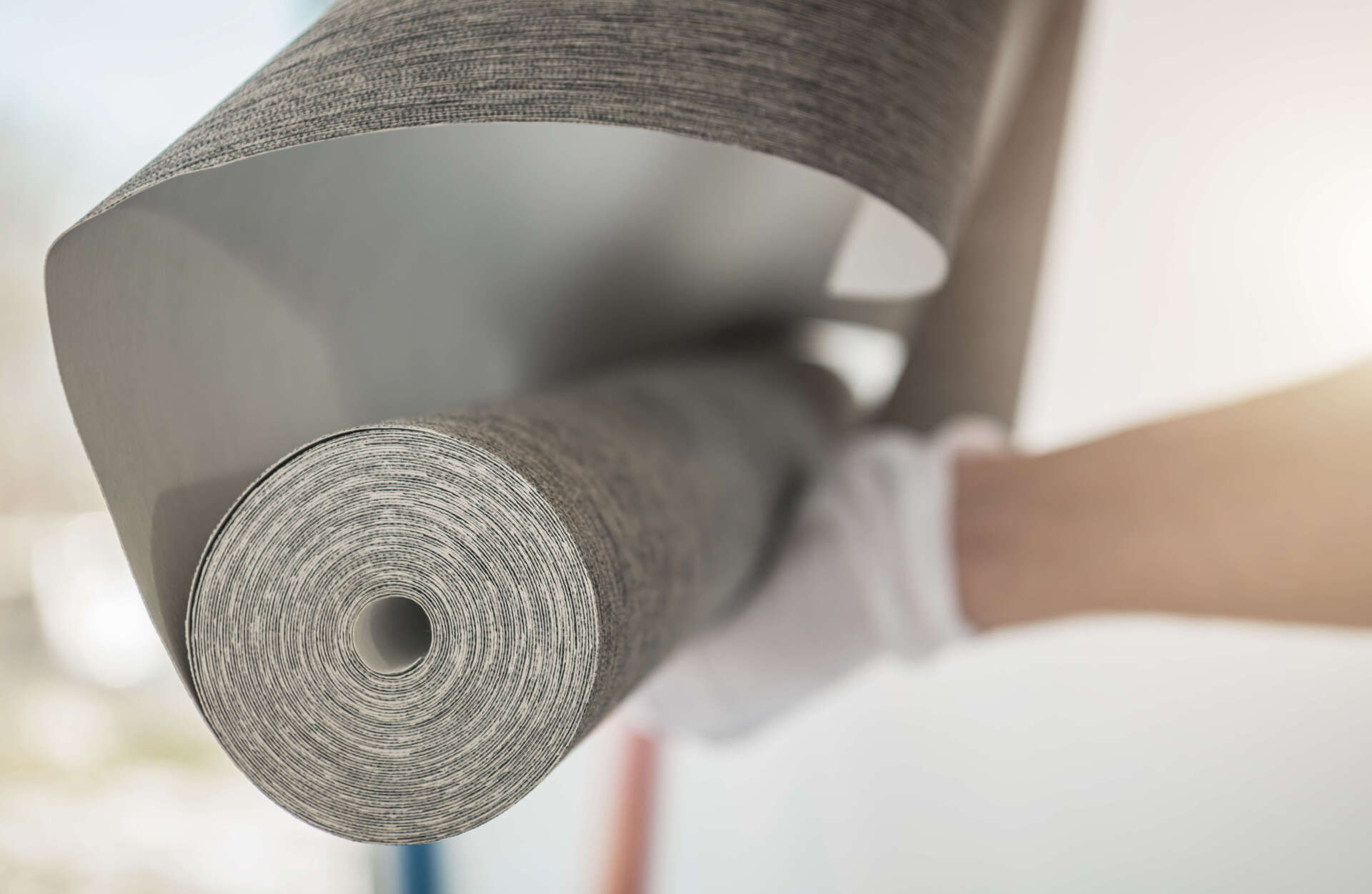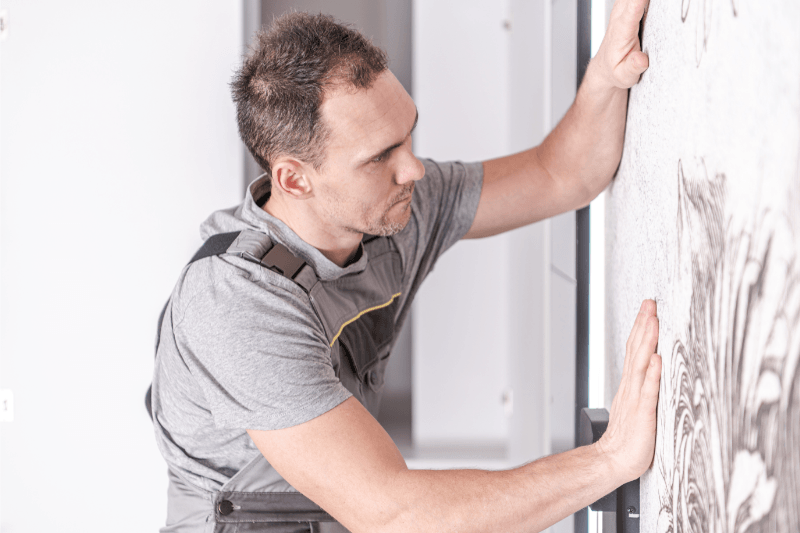Steam vs Dry Stripping: Best Method for Wallpaper Removal
Wallpaper removal is one of the most critical steps in preparing a room for renovation, yet it is also one of the most underestimated. Many homeowners assume that peeling back wallpaper is as simple as tugging at a corner and pulling it off the wall. Choosing the correct removal method is therefore essential for protecting your walls, saving time, and ensuring a flawless new finish.
Two of the most widely used techniques are steam stripping and dry stripping. Steam stripping uses heat and moisture to loosen wallpaper adhesive, while dry stripping relies on mechanical effort, scoring tools, and sometimes adhesive removers. Let's explore both approaches in detail, weigh their pros and cons, and provide practical advice to help you choose the most suitable method for your home.

Why Proper Wallpaper Removal Matters
Wallpaper may look like a surface treatment, but in reality, it bonds directly to your wall with strong adhesive. When not appropriately removed, leftover glue, small scraps of wallpaper, or gouges in the plaster can seriously compromise the quality of the new finish. Paint applied over poorly prepared walls tends to bubble, crack, or peel, while new wallpaper may fail to adhere smoothly, resulting in visible imperfections that mar the final aesthetic.
Proper wallpaper removal ensures that the wall is restored to a smooth, even state. This not only improves the appearance of your next wall covering but also protects your investment, as well-prepared walls are more durable and resistant to long-term issues. By choosing the correct removal method, whether steam or dry, you minimise the risk of damage and maximise the chance of achieving professional-looking results.
What is Steam Stripping?
Steam stripping is a method that uses heated water vapour to soften the glue holding wallpaper to the wall. A wallpaper steamer heats water until it turns into steam, which is then applied directly to the wallpaper surface using a steaming plate. The heat penetrates through the wallpaper and reactivates or dissolves the adhesive, allowing the covering to be scraped off more easily.
Advantages of Steam Stripping
- Highly effective for stubborn or multi-layered wallpaper: Steam penetrates through several layers and softens old, hardened adhesives that dry tools cannot handle
- Ideal for older homes: Breaks down decades-old glue and demanding wallpaper applications.
- Efficient for large surfaces: Allows broad sections of wallpaper to be loosened quickly, reducing labour time.
- Environmentally friendly: Uses only water, avoiding the need for harsh chemical solvents.
- Family-safe method: No toxic fumes or residues, making it safe for use around children and pets.
Disadvantages of Steam Stripping
Despite its benefits, steam stripping has some drawbacks. The process produces moisture, which, if over-applied, can soften plasterboard or damage delicate wall finishes underneath. In some cases, the condensation created can make the room messy, requiring additional time for cleanup and drying. There is also the cost factor: unless you own a steamer, you may need to rent or purchase one, adding to the overall expense. Finally, handling steam requires care and protective gear, as the hot vapour can cause burns if misused.
What is Dry Stripping?
Dry stripping involves removing wallpaper without the aid of heat or moisture. The process often begins by scoring the wallpaper with a special tool to break the surface and expose the adhesive underneath. From there, a scraper or putty knife is used to peel and lift the wallpaper. For wallpapers that are designed to be “strippable,” large sections often peel away with minimal effort, making this method quick and straightforward.
Advantages of Dry Stripping
- Works well on
modern wallpapers designed with strippable adhesive.
- Allows wallpaper to be removed
cleanly without sticky residue.
- Faster and less messy since no water, steam, or moisture is needed.
- Cost-effective, requiring only basic hand tools like scrapers, knives, and sponges.
Disadvantages of Dry Stripping
- Works well for modern wallpapers designed to be strippable.
- Often allows large sections to peel away easily, reducing effort.
- Produces less mess, since no water or steam is involved.
- Cost-effective – requires only basic hand tools like scrapers and knives.
- Safer for delicate surfaces, as it avoids the risk of moisture damage from steam.
Steam vs Dry Stripping: A Direct Comparison
When comparing steam and dry stripping, the better method depends on the specific situation:
- Efficiency: Steam is superior for tough wallpapers and large-scale projects, while dry stripping works best for modern, strippable wallpapers.
- Cost: Dry stripping is cheaper since no special equipment is needed, but steam stripping may be worth the investment for demanding jobs.
- Cleanliness: Dry stripping produces less mess, while steam generates condensation and moisture that require cleanup.
- Wall Safety: Dry stripping is safer for delicate surfaces because it avoids excess moisture. Steam, if used carelessly, can damage plaster or drywall.
- Ease of Use: Beginners may find dry stripping simpler, while steam requires handling specialised equipment.
Ultimately, both methods are effective, but one may save you significant time and frustration depending on your wallpaper type.
Tips for Achieving the Best Results
Whichever method you choose, following best practices ensures smoother results:
- Prepare the room carefully. Move furniture away from the walls, cover floors with drop sheets, and tape over electrical outlets to avoid water damage.
- Work in small sections. Large areas can feel overwhelming, so tackle one wall or portion at a time for better control.
- Be patient with adhesive residue. Even after wallpaper is removed, adhesive often lingers. Wash the walls with warm, soapy water and allow them to dry thoroughly.
- Repair imperfections. Use filler to patch holes or cracks caused during removal, then sand lightly to restore a smooth surface.
- Prime before finishing. Applying primer prepares the wall for paint or new wallpaper, ensuring proper adhesion and a flawless final appearance.
Which Method Should You Choose?
The decision between steam and dry stripping largely depends on the age of the wallpaper, the type of adhesive, and the size of your project. For newer wallpapers labelled as strippable, dry stripping is usually the easiest and most cost-effective choice. For older or multi-layered wallpapers that have bonded tightly to the wall, steam stripping is more reliable and will save considerable time and effort. In many cases, homeowners may benefit from using both methods, starting with dry stripping on manageable sections and switching to steam when encountering stubborn areas.
Final Thoughts
Wallpaper removal may appear simple at first glance, but the difference between a rushed job and a properly executed one is dramatic. Steam stripping and dry stripping both have their advantages, and the best method depends on the wallpaper, adhesive type, and the homeowner’s preference for speed, cleanliness, and cost. For those who prefer a professional touch, expert services can save time, prevent wall damage, and guarantee a flawless outcome. At
SYD Wallpaper, we offer premium wallpaper installation and removal services, ensuring every project is completed with precision, efficiency, and lasting beauty.
You might also like
SYD Wallpapering Blog



